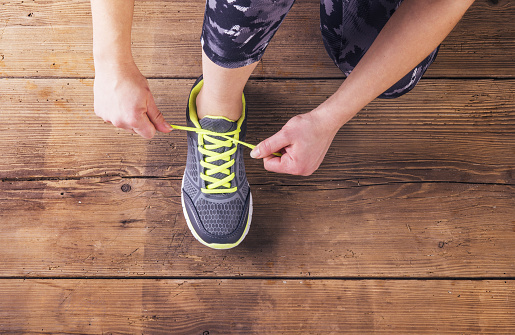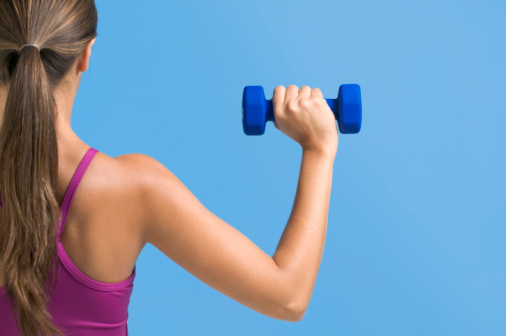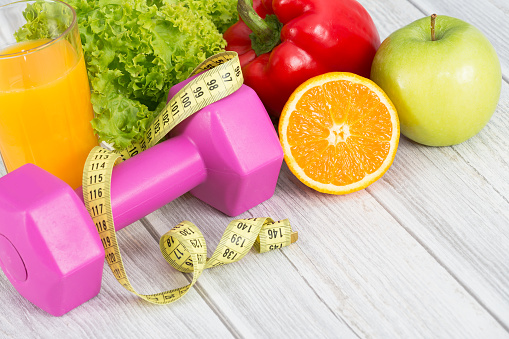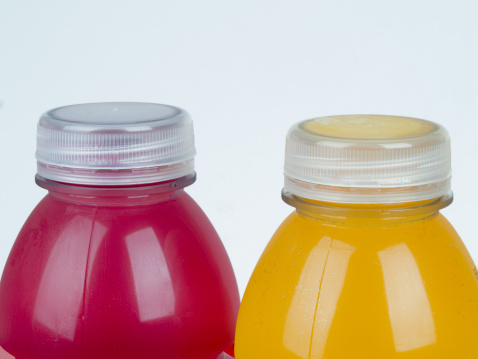5 Things to Do Before Your Workout for Better Results
Article posted in: Fitness
Exercise offers incredible benefits for your health and well-being. It can cut the risk of heart disease, stroke, diabetes and certain cancers by up to 50%, while also boosting your mood, building strength and making everyday movements easier.
But did you know that your pre-workout routine can make or break your performance? Skipping proper preparation—like fueling your body or warming up—can lead to poor results or even injuries that keep you from working out for weeks.
To get the most out of your workout, boost recovery and avoid injuries, it’s essential to follow a solid pre-workout plan. Here are five simple pre-workout tips to help you perform better and enjoy your fitness journey. These steps will not only improve your results but also mentally prepare you for the challenge ahead.
1. Eat a small, balanced meal two hours before your workout.
Fueling your body before a workout is essential for maintaining energy, maximizing performance and supporting recovery. According to the American Dietetic Association and the American College of Sports Medicine, the ideal pre-workout meal should prioritize fast-digesting, low-fiber carbohydrates to stabilize blood sugar during exercise. It should also be low in fat to minimize the risk of digestive discomfort, while including enough protein to sustain energy and aid in post-workout recovery. Most importantly, stick to familiar foods that you know work well for your body.
The guidance around fat might seem contradictory at first but is simple to follow: avoid heavy, greasy foods before exercising as they can cause a stomach ache. However, small amounts of healthy fats from sources like nut butters can provide a small amount of protein too, which can help keep you fueled. For example, a balanced pre-workout meal eaten a few hours before could be a grilled chicken sandwich with a slice of cheese—carbs from the bread, protein from the chicken and fat from the cheese.
If you prefer morning workouts and don’t have a couple of hours to digest a full meal, opt for a quick snack instead. The American Council on Exercise suggests eating something light 30 minutes before you start, composed of 70-75% low-glycemic carbohydrates and 20-25% easily digestible fat and protein. A banana with a tablespoon of peanut butter is a great option, or try an apple with string cheese for an easy pre-workout snack to fuel your session.
2. Drink 20 ounces of water.
If you’re dehydrated as little as two percent, your workout performance can suffer. And if you’re five percent dehydrated, experts suggest that your power output can be reduced by 30 percent. And it’s not just performance: Exercising while dehydrated can result in dizziness and cramps, ruining the exercise experience entirely.
And you may not even realize you’re in need of a drink. In studies, most athletes don’t experience feelings of thirst until they’ve reached that two percent dehydration—where performance has already been hindered.
But chugging a giant bottle before you exercise could backfire, too, resulting in a stomach ache or rare, worse conditions of over-hydration. Instead, drink 20 ounces of water before you start. That’s the recommendation of the American College of Sports Medicine, and it should be enough to keep you hydrated until your first water break.
3. Perform an active warmup instead of stretching.
Static stretching—the reach-and-hold we learned in gym class—can result in a decrease in exercise performance and stability during the workout. In a 2013 study, static stretchers felt 22 percent less stable during a leg workout, and the maximum weight they could lift fell by eight percent when performing static stretches before exercising.
A good warmup should prepare your body for the moves you’re about to do, and most important, get your blood moving. Not doing so can result in cardiac abnormalities: In one study, 70 percent of men who ran hard without warming up showed abnormalities on an electrocardiogram, a measure of heart function. After warming up for two minutes, only two of 22 study subjects were still showing such abnormalities.
Perform a two-part warmup before your next workout: In part one, perform a cardio exercise—fast walking, slow cycling, or easy rowing—for three to four minutes, elevating your heart rate. At this point, you may want to foam roll (see point four below). Then do an active warmup for two minutes. Try this 6×10 warmup: Perform each exercise for 10 seconds, then move to the next exercise in the warmup without resting. Do two total rounds, which will take two minutes.
- Exercise 1: Jumping jacks
- Exercise 2: Knee hugs: Walk forward, bringing your knee up towards your chest with each step. Grab your shin below your knee and pull it up a little bit, creating a stretch in your butt and hamstring.
- Exercise 3: Chair squats: Stand in front of a chair and slowly sit down into it without using your hands. Then, without using your hands, stand back up. As you stand and sit, try to keep your weight in your heels, not in your toes.
- Exercise 4: Side shuffle: Without crossing your feet, shuffle to the right for five seconds, then left for five more.
- Exercise 5: Hip swings: Holding a chair, table or railing at your right side, swing your right leg forward and back for five seconds like a pendulum. Switch sides and repeat for five seconds on the left side.
- Exercise 6: Ankle circle: Hold one foot in the air and circle your foot five times clockwise, then five times counterclockwise. Repeat on the other leg.
4. Foam roll.
This one’s optional, but using a foam roller to massage your muscles before you exercise can reduce muscle soreness and increase range of motion in your joints. It’s thought that rolling the dense foam on “fibrous adhesions,” or knots, in the connective tissue that surrounds your muscles can help rehydrate the tissue and “break up” these knots.
In several small studies, rolling in this way to loosen the tissue has been shown to reduce soreness one, two and even three days after hard exercise sessions. And in one study, rolling helped participants increase the range of motion in their knee—that is, how far the knee could bend—by 20 percent.
If you decide to incorporate rolling into your workout, put the practice between your three to four minute treadmill or cycling warmup and the 6×10 active warmup. Check out this guide to learn three ways to use the roller on achy knees, tight IT bands and your hips.
5. Crank up some tunes!
Upbeat music can improve your workout performance and make you feel less like you’re working. In multiple studies, people doing cycling workouts pedaled faster when the music was faster, keeping in time with the tunes. But they didn’t always realize they were working harder: In a 2009 study from the Journal of Cardiopulmonary Rehabilitation, exercisers listening to upbeat “workout music” of their choosing perceived their level of exertion as lower as other participants who were listening to a comedy recording or something soothing—and both groups were actually cycling at the same rate!
For best results, the American Council on Exercise recommends music at a pace of 135 beats per minute or higher. Some examples of songs at this pace include Billy Idol’s “Mony Mony,” Pat Benatar’s “Hit Me with Your Best Shot,” Megan Trainor’s “All About That Bass,” and, of course, faster songs like Taylor Swift’s “Shake It Off.” The website jog.fm has a beats per minute calculator that can help you build a playlist of your own favorites. Turn them on and have your best workout ever. Check out these other benefits of listening to music.










